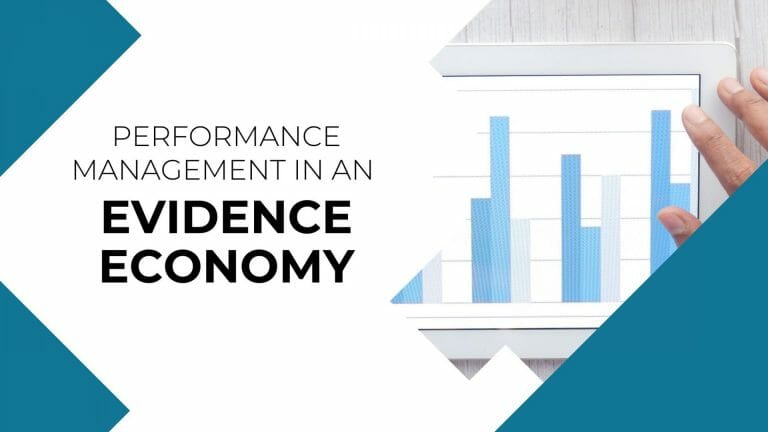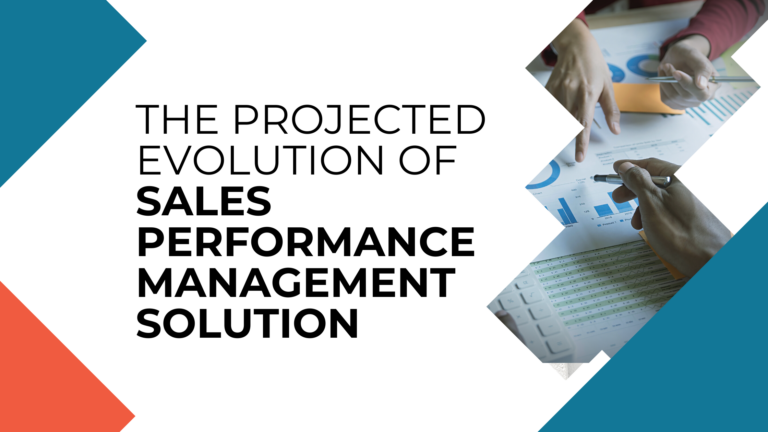Data everywhere
In recent years, words such as the digital economy and data economy have bounced around the business world. An increasing number of organizations are shifting their business models and associated role requirements to reconcile technological enhancements with current processes.
A Chief Marketing Officer (CMO) is no longer simply focused on marketing strategy. Instead, a CMO is an advocate that ushers the organization into the ever-advancing digital age with the use of technology. While the outcome of such activities is ultimately positive, it presents another problem. With the growth of technology in recent years, businesses have reaped the benefits of being able to collect large pools of data from every angle. Internal data, external data, sales data, employee data, customer data, industry data, the list goes on.
The question on the minds of all business leaders now is, “how do we make sense of all this data”?
To answer this question, the market has seen throngs of companies, in recent years, claiming to analyze all sorts of data with the help of their technologies. From tools that analyze marketing and HR data to tools that analyze data for niche industries, technology vendors have introduced an overwhelming number of options for organizations to conduct data analysis. But companies still struggle to mine relevant insights that help make better decisions and improve business outcomes. The key reason for such a challenge is that even though companies understand the “what” and the “when” of performance, they still fail to understand the “why”.
Analytics engines can be great tools to display current and historical performance metrics that shed light on “how” the business is doing. Advanced tools have also included predictive functionalities that forecast future business outcomes based on existing performance data and underlying trends.
Behind performance results
What is missing from such analytics, however, is the ability to understand the cause of the effect displayed in such reports. In the arena of Sales Performance Management (SPM), reports display sales metrics and operational data. Such reports enlighten teams on what what sold, who or which rep sold it, in which territory and the associated compensation. The insights held in these displays are effective in identifying actual measurements of business performance. However, this type of analysis is similar to looking at a picture without understanding the real story behind it.
To understand the story behind performance results, there is another layer of information that needs to be added into the mix to gain a comprehensive and accurate look into the outcomes. In our example, combining sales performance data with CRM information such as won and lost opportunity details, prospect and customer attributes as well as seller attributes such as experience, education, domain expertise and skillsets provides a 360-degree view of the results while helping the organization form a clear connection between the variables that affect the outcome.
The importance of evidence-based analysis
For example, a combination of such data may indicate that a seller with a minimum of 8 years of experience selling financial services products at a bank seems to consistently outperform the rest of his colleagues when selling customer experience software to banking clients. This helps the organization understand why the given sales rep seems to hit his targets on a regular basis. His understanding of the banking segment and ability to speak to the precise needs of the client with complete familiarity coupled with his maturity in the sales profession makes him the perfect candidate to instill trust and confidence in banking clients during the sales process.
Evidence-based analytics not only provide insight into why the reps win but also shed light on a repeatable framework for success. What combination of factors poses the greatest likelihood for success if repeated? In our example, the organization now has a clear understanding of the type of seller profile required to be successful in the sales role. This not only impacts the company’s training, coaching and enablement programs for existing sellers but also guides the hiring practices so that the organization can repeat such success through new employees as well.
The why for every outcome
In today’s tough times where a global pandemic has completely changed sales models worldwide and people’s lives are dictated by uncertainty and fear, it is imperative that employers take a hard look at the “why” for every outcome. Now more than ever, an evidence-based analysis is critical to ensure that results are understood fully to focus on the right metrics and encourage the right behaviours.
If there is a downward trend in sales, ask why. The obvious answer would be that customers do not have a budget to buy because of the pandemic. But the bias, inherent in regular analytics, is a significant detriment to learning the real reasons that drive upward or downward trends in organizational achievement. Such bias diverts the company’s attention to focus on the symptoms of the issue rather than the root cause of the problem at hand.
In our scenario, upon closer inspection, data may reveal that while budgets are tight, if the sellers focus on selling the product with slightly different positioning and focus on immediate outcomes that are relevant to customer environments, the declining trend in revenue inflow could be rectified. While customers may not be too keen on buying one product, a complementary solution or an alternate product that speaks to current market needs may be a much better option for both the customer and the rep.
Conclusion
Performance Management in an evidence-based economy focuses on identifying the reasons for performance results instead of solely analyzing the impact of the metrics on current and future business outcomes. Moreover, the elimination of risk related to inherent bias in data mining ensures that the “why” that emerges when drilling deeper into the information is not simply an indicator of the problem but rather the reason itself. A predictive forecast is helpful but an understanding of the variables that drive the forecast helps organizations model accurate scenarios of future results, define a framework for repeated success and manage employees efficiently to drive optimal business performance.



